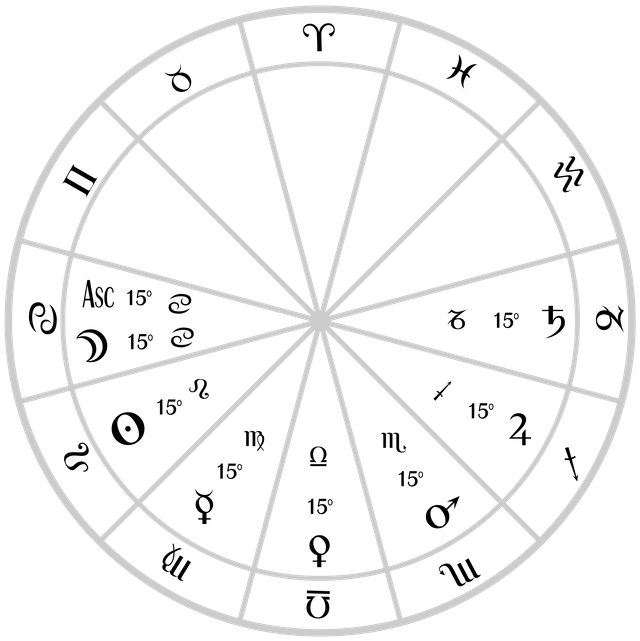3 Key Points When Reading A Natal Chart

As you may already know, I consider astrology to be just a context descriptor. But as a context descriptor, it is a very powerful one. Used wisely, it can be very useful.
What Is The Astrological Natal Chart?
One of the most common use cases is what we call the “natal chart”. Or the snapshot of the sky at the moment of the birth of a person.
Habitually - and largely incorrect - we consider someone to be a certain astrological sign if he or she is born between certain dates, corresponding to the western zodiac. Someone born between October 23th and November 21 would be considered a Scorpio. And someone born, for instance, between February 19th and March 20th, will be a Pisces.
I say this is largely incorrect because this information only shows us the placement of the Sun at the moment of birth. Or, to put it more clearly, in which constellation, as we see the firmament from Earth, the Sun was at that specific moment.
But the context describing an individual should take into account much more information, like the position of personal planets, generational planets, angles and other celestial bodies or points, as well as the distances (in degrees) between them. Don’t worry if you don’t understand much so far. Just keep coming back and read my articles, I will give detailed explanations in my future articles (or, even simpler, just follow me @astrologybits).
So, a natal chart is a snapshot of the sky, taken based on the exact time of birth of a person and the birth place latitude and longitude. In order to take this snapshot, we use what it’s called “ephemeris”, or exact positions of celestial bodies, which can be found in various places (libraries, or, more recently, a few specific programming libraries, like swisseph).
The Sun, The Moon and The Ascendant
The most accessible layer of information we can get when we look at such a chart, is based on 3 things: the Sun position (what we call “the astrological sign”, but also the visible personality, the main behavioral traits, what the native is projecting into the world), the Moon position (the unconscious, the feeling, the relationship with women - especially the mother - and money, moods and memory) and the Ascendant (what skills the native will use in this lifetime in order to find his path in his lifetime).
I call this the “foundation” layer: every time I draw a chart, I look at these 3 factors first, as they will create the basic scaffold on which I can start building using more refined additions.
Very briefly, in the image of this post, we have the Sun in Leo, Ascendant on cusp, between Gemini and Cancer and the Moon in Cancer. That will describe the native as being open, courageous, comfortable on stage and generous (Sun in Leo) but also emotionally shy and very protective (Moon in Cancer), traits reinforced by the Ascendant on Cancer as well.
If you want to draw your own chart, I recommend using an online service like astro.com. They have a free membership layer in which you can store data for up to 100 people.
We’re stardust. We’re made from the same atoms that took part in the creation of this Universe. Every once in a while, these atoms go well together. What you will read in my posts are merely indications about how your “atoms” may play out with other types of “atoms”.